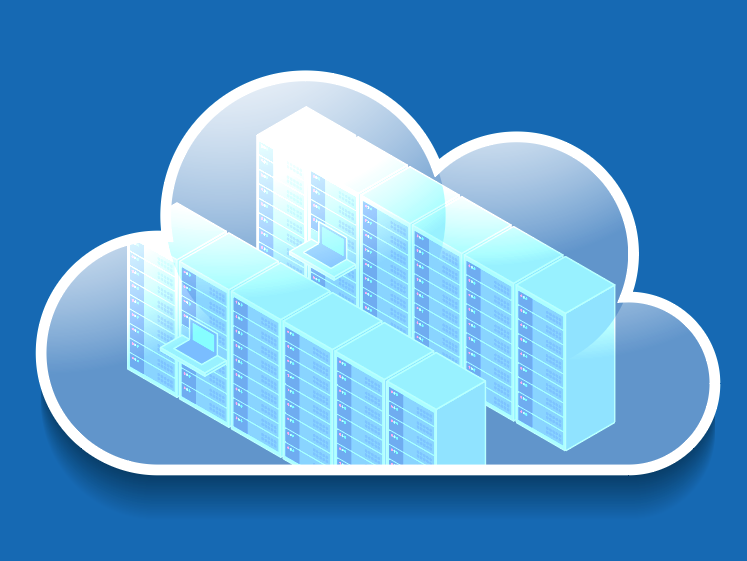
The Power of Azure Stack HCI
The acquisition of VMware by Broadcom triggered a flood of speculation and concern over VMware's future. The "wait and see" attitude adopted by some stands in contrast to the "turn and run" attitude of those who cite examples of other Broadcom acquisitions such as CA Technologies and Symantec, both of which ushered in an era of stalled innovation and higher post-acquisition pricing for those product lines. It's no wonder that hyper-converged infrastructure (HCI) platform customers old and new, then, might, at the very least, now more than in recent times, be poking around other corners of the market exploring alternatives to VMware, a product that is synonymous with hyper convergence.
Prescriptive's Chief Architect Joe Galvan and Senior Engineer Brad Owen recently dove in to one such alternative in a recent webinar, and I wanted to take a moment to recap some of the highlights of the webinar for those who might be looking for the quick skinny on Microsoft's Azure Stack HCI. Even outside of any perceived turmoil resulting from VMware's acquisition, Azure Stack HCI has come to command the attention of those looking for the benefits offered by HCI.
Overview of Azure Stack HCI
Azure Stack HCI—like other HCIs—is a platform where compute and storage are scaled out by nodes. It's deployed on validated hardware, and based on technologies you may already be familiar with, like Windows Server, Hyper-V, and Storage Spaces Direct. It is managed and licensed through Azure.
Common use cases where Azure Stack HCI shines include:
- Datacenter Consolidation - General virtual server infrastructure where latency or throughput might present challenges, or where there are compliance concerns.
- Virtual Desktop Infrastructure - Extending Azure Virtual Desktop to on-premises compute where latency might be an issue. Imagine, for example, geologists doing oil and gas interpretations, and the benefit of their being close to the data.
- Remote Branch Offices - Smaller cluster requirements allow for remote compute requirements of branch offices.
Microsoft first released Azure Stack HCI in 2019, and the product has evolved steadily since then. Last year's release of HCI 23H2 introduces end-to-end cloud-based deployment and management.
Key Benefits and Features
Built-in Security and Compliance
Azure Stack HCI offers built-in security and compliance features to help protect your data and meet regulatory requirements. There are enabled defaults here that are often left behind on other clusters.
Simplified Management
Azure Stack HCI simplifies management with intuitive tools and features that make it easy to monitor and manage your infrastructure. The key here is that for most folks out there looking to take on a solution like this, many of the building blocks—Windows Server and Hyper-V, for example—are going to be quite familiar.
Hybrid Cloud Integration
Azure Stack HCI offers hybrid cloud integration that allows you to extend your on-premises infrastructure to the cloud.
High Performance and Scalability
Azure Stack HCI delivers high performance and scalability to meet the demands of your organization's growing infrastructure needs.
Security and Compliance
There are a number of benefits related to security and compliance that I think are worth mentioning here because they differentiate Azure Stack HCI from its competition. "Secured-core" capabilities in Azure Stack HCI are advanced security features designed to protect against firmware-level attacks and ensure system integrity, providing a highly secure platform by default to minimize vulnerabilities and enhance protection against sophisticated threats.
Azure Stack HCI also provides network isolation features that help you protect your network infrastructure, including virtual network segmentation, virtual firewalls, and private network connections.
And notably, Azure Stack HCI is compliant with a variety of industry standards and regulations, including Common Criteria for Information Technology Security Evaluation (cc), International Organization for Standardization (ISO/IEC) 27001:2022, Payment Card Industry (PCI), Data Security Standards (DSS), Health Insurance Portability and Accountability Act of 1996 (HIPAA), and Federal Information processing standard (FIPS-140 in process) helping you meet your compliance requirements.
See a Technical Deep Dive
There's a lot more to know about Azure Stack HCI. I won't pretend to be an engineer here by boring you with a bunch of technical jargon, but I will say that Brad did a pretty robust technical deep dive on Azure Stack HCI in the aforementioned webinar, and I encourage you to watch the webinar if those details are important to you. His presentation includes a demo of Azure Stack HCI, and if you're interested you can also check that out in the webinar recording. The demo itself starts around the 43-minute mark.
Conclusion
If you have a desire to learn more about Azure Stack HCI, you can reach out directly to me through the website and I'll help get you connected to the right folks on our team. Azure Stack HCI has a bright future, and I'd love to help you figure out whether it might make sense for you.
Jillian Thompson is a Marketing Coordinator at Prescriptive Data Solutions. She has a BBA in Marketing from the University of Houston, C.T. Bauer College of Business.


.png)
.png)